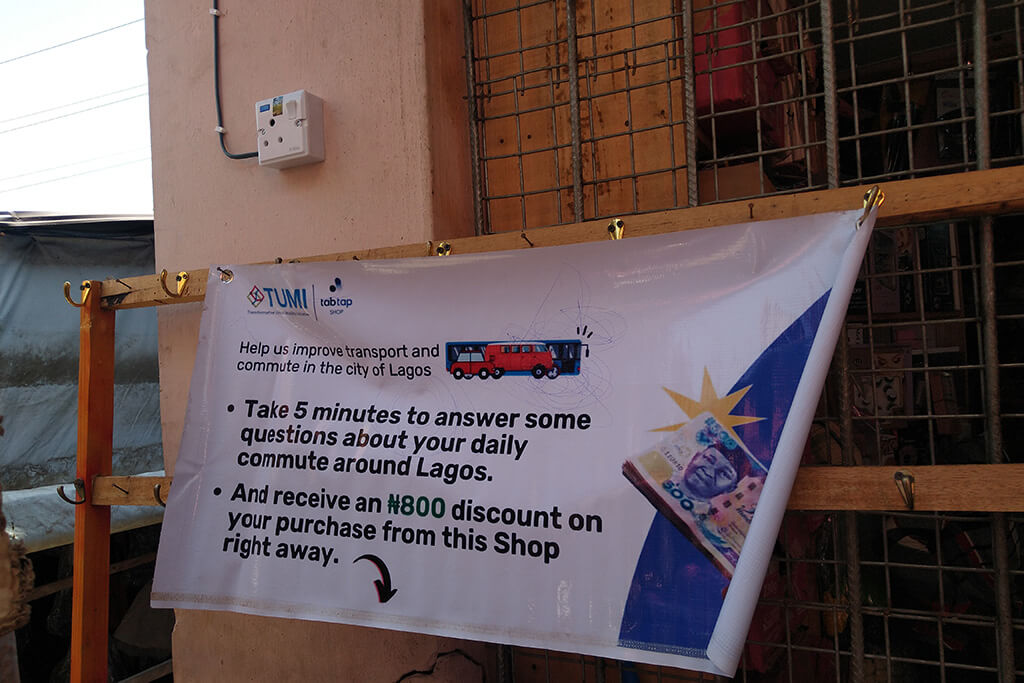On behalf of Women Mobilize Women, our implementation partners at WhereIsMyTransport and Groots Consulting conducted two studies, testing a total of five quantitative and qualitative methods for gender-sensitive data collection. Discover each of their research processes below.
Bridging the Gender Data Gap in Transport
Innovative Study Methods
Where Is My Transport Study Methodological Approach
Mixed-Method Approach Across Three Cities
Background Research
Desktop research, interviews with locals (23) Researchers gathered literature and studies from local and international sources for review. The in-depth discovery activities allowed them to better understand existing conditions, previous data collection approaches, and results, uncovering where data gaps exist in what is currently available. Helped establish which methods and approaches could be used to address the data gaps effectively.
In-Field Research
In-field and Online Surveys (335) Created to compliment qualitative research gathered during workshops, ride-alongs, home visits, and discussion groups. 8 sections focused on: gender, age, physical limitations, work and income, household, and experiences on public transport including journey types, costs, pain points, and harassment.
In-Field Research
Ride-Alongs and Home Visits (6) Researchers accompanies women on their daily journeys (while ensuring participant privacy), mapping women’s door-to-door journeys and witnessing the obstacles they faced while using transport. Throughout journey women were interviewed to gain insight into their choices. Also observed aspects of the journey that the participants themselves may not have been aware of, such as how responses to safety or harassment fears.
In-Field Research
Research Lab: Journey/Empathy Mapping Workshops/Focus Group Discussions (190) Interactive women-only group sessions with about 8-15 participants where participants asked to discuss their transport experiences. Held in culturally sensitive locations and facilitated by local researchers. Sought out patterns by creating a safe space where women could speak openly and without fear about the barriers they encountered when using public transport. The responses formed qualitative report of transport user-experience, including barriers and opportunities.
Groots Study Methodological Approach
Two Cities – 28 Community Locations
Point-of-Purchase Survey: taptap SHOP 2.0 App (1096)
Shop owners located near high-traffic public transport stops and hubs equipped with tablets to survey patrons with quick, closed questions about their journey, including data such as trip purpose, length, mode of transport, and destination. Also included were existing or perceived barriers related to feelings of safety, experiences of harassment, cost of various types of transport. Respondents could complete the survey individually or with the help of shop owners for those with limited literacy (written and/or digital).
Diversity of areas surveyed resulted in 32.000 datasets.
These maps show the shops in several communities across Lagos and Abidjan in which datasets were collected.





